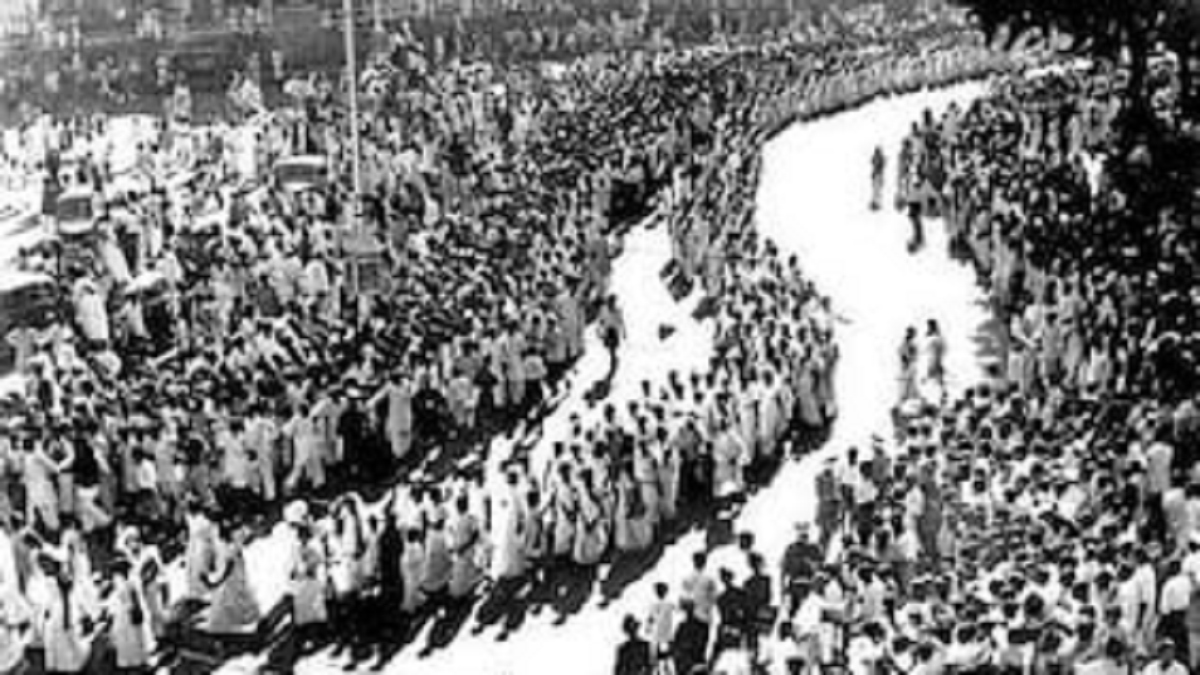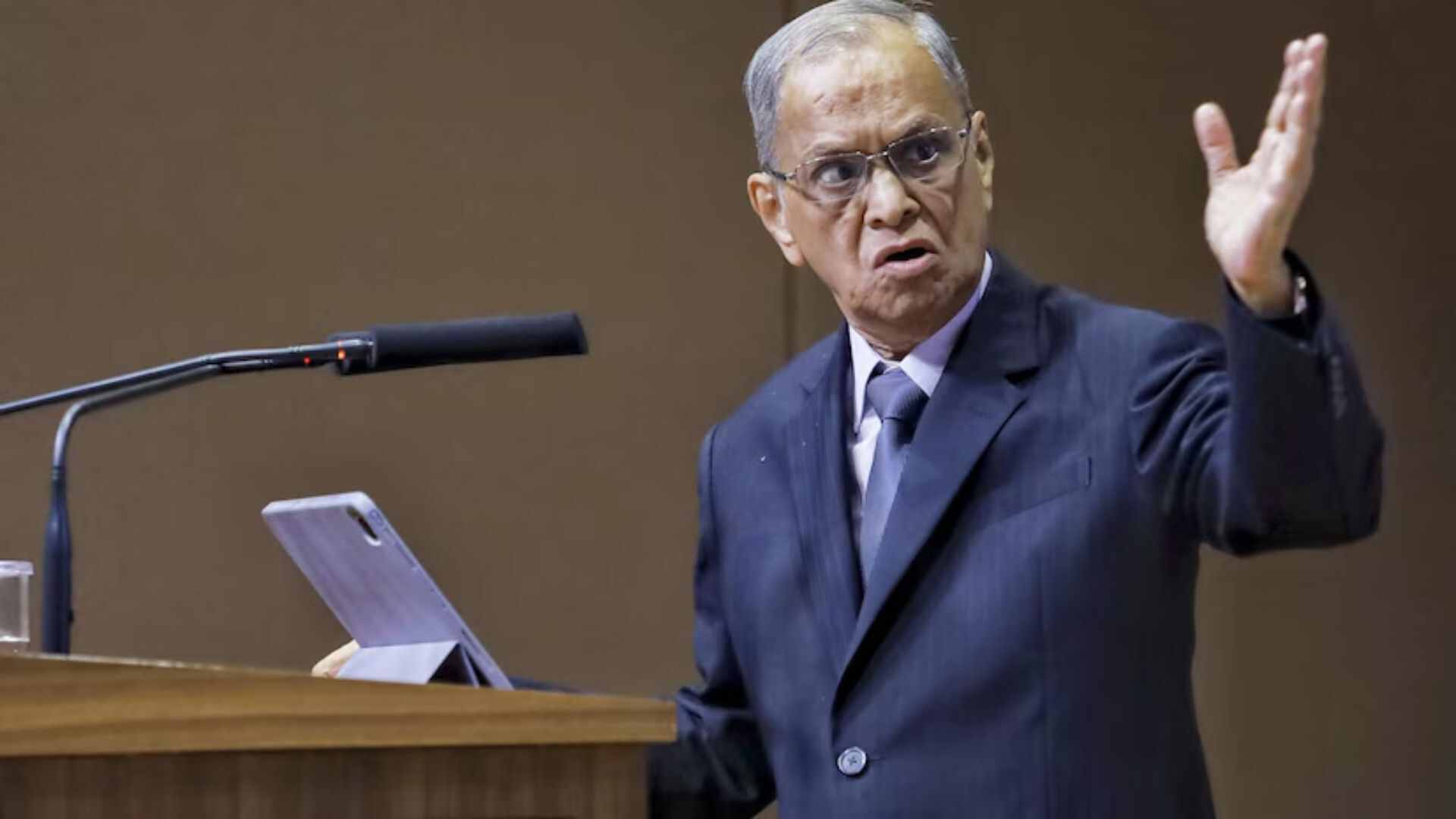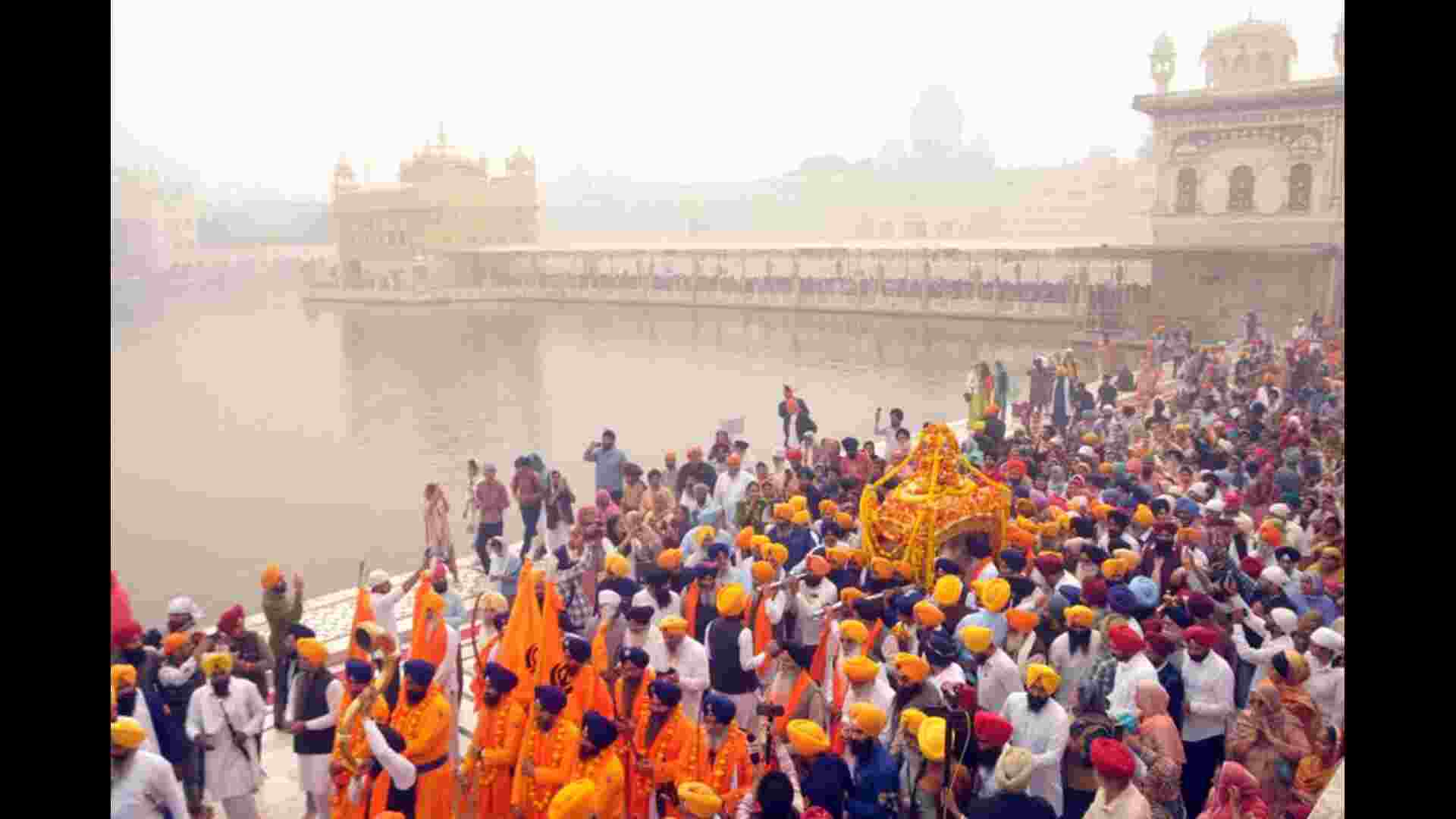
The Congress, which played the most prominent role during the freedom struggle, appears to have forgotten its history. The party seemed least enthusiastic about the 78th anniversary of the Quit India movement on Sunday, failing to commemorate the historic moment in various parts of the country. It was on 9 August in 1942 when Mahatma Gandhi, in Bombay, gave a call to the people not to cooperate in any manner with the British government, and demanded that they should leave. Gandhi, Pandit Jawaharlal Nehru, Sardar Vallabhbhai Patel and Maulana Abul Kalam Azad, were among frontranking national icons, who were arrested and sent to jail. However, the secondranking leaders of the party took charge and decided to urge the alien rulers to leave. Aruna Asaf Ali and Biju Patnaik took the lead and organised protests that touched a chord in every heart. The police were after them but these young functionaries of the Congress went underground and provided directions to the cadre. Biju, who had been discharged from the Royal Air Force, ferried leaders from one place to the other in his private aircraft. Likewise, Aruna Asaf Ali contributed to the resistance from her hideout in Dine Ka Talab, located next to where the Hansraj College of Delhi University now stands. Aruna Ganguly, as she was known before her marriage to wellknown lawyer Asaf Ali, had along with Kalpana Joshi nee Dutt, also participated in the Chittagong uprising. She was both feared and respected. The secret communication amongst this highly motivated group of youngsters, inspired freedom fighters who set up Prati Sarkars or parallel governments in several parts where the writ of the British government did not run. The Prati Sarkars were established in the Satara district of what is now Maharashtra, Ballia in Uttar Pradesh, Midnapore in West Bengal and Basudevpura in Odisha. A determined Nana Patil took the lead in Satara and received massive support from the masses. The Prati Sarkar, in the area under his influence, was in complete control for almost four years, and he emerged as the undisputed leader of the region. However, he never got the recognition he deserved even though he was elected in 1957 on the Congress ticket from Satara, and subsequently joined the Communist Party to be its representative in 1967 in the Lok Sabha from Beed. Satara, subsequently elected Yashwant Rao Chavan to the house of the people and he represented the constituency till the very end. Nanaji Patil, also known as Kranti Sinh, inspired a whole generation of freedom fighters and farmers in the SangliSatara belt and is considered the unsung hero of the Maratha community.
Another notable feature of the Quit India movement was that the then Congress president, Maulana Azad, successfully communicated with the cadres outside to drive home the point of organising wide support for the cause, which was so dear to Gandhi’s heart. Azad, incidentally, was the longest serving Congress president (nearly six years) till the 1978 split of the party.















